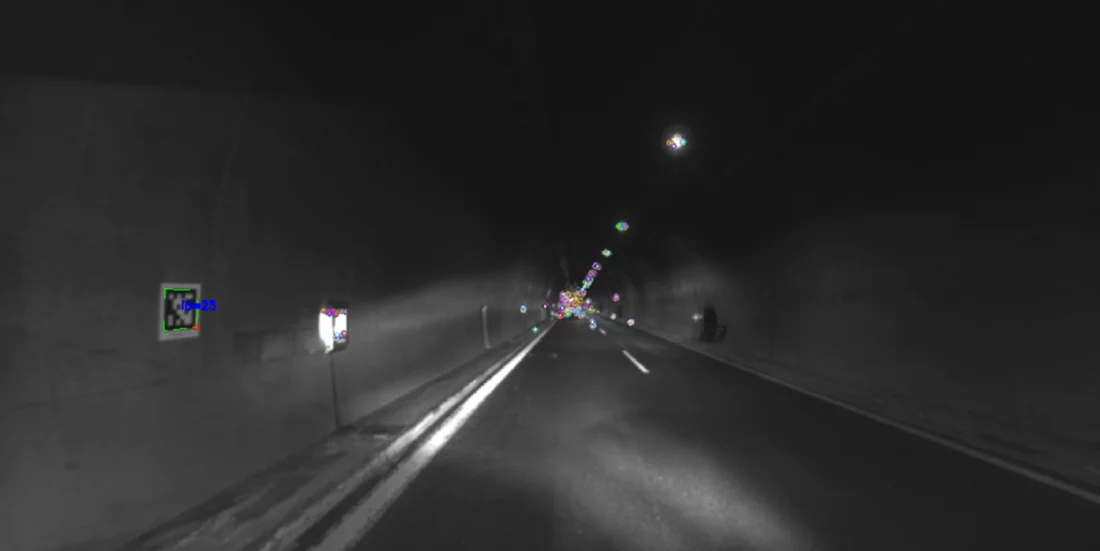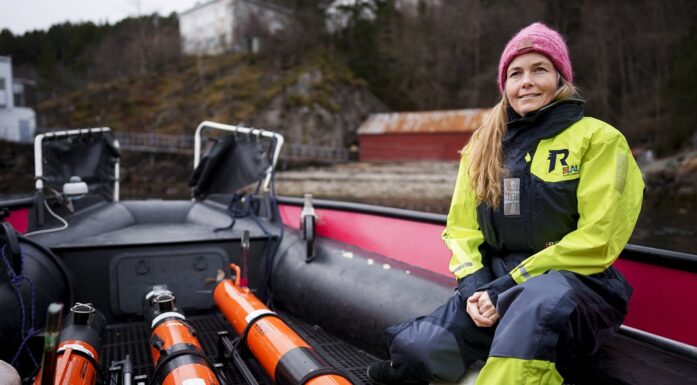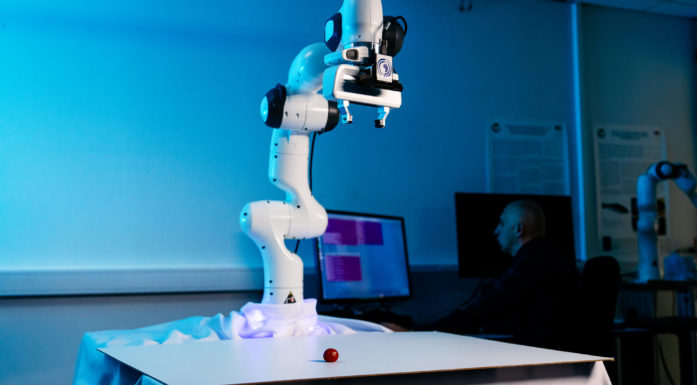The robot inspectors have arrived
Autonomous aerial and ground-based robots have been designed to do the work needed to protect critical infrastructure – quicker and more cheaply than traditional methods.
Stringent security requirements mean that the inspection and maintenance of infrastructure such as tunnels, oil refineries and bridges are becoming expensive and time-consuming.
However, with the help of robots and digital systems based on tools such as sensors and artificial intelligence, tasks can be carried out more efficiently and at lower cost. The EU-funded project called ‘Piloting’ has developed ten drones and ground-based robots that have now been tested under real operational conditions. SINTEF is the project’s Norwegian partner.
“The aim of the project is to reduce inspection times by 80 percent compared with traditional methods”, says Henrik Lundkvist, who is a Senior Research Scientist and Project Manager for SINTEF’s contribution to the Piloting project. “A further objective in using robot technologies is to reduce inspection costs by at least 25 percent”, he says.
Tested in Greece
Initial tests have recently been carried out in Greece of an entirely new system that may bring an end to the extended shutdown of infrastructure such as tunnels.
Researchers have developed a ground-based robot vehicle installed with an inspection camera and Lidar technology that will be used to take images and carry out 3D measurements of infrastructure that is otherwise difficult to access. The vehicle is also equipped with a drone that can take detailed images if necessary.
Tests are now being conducted on algorithms that enable the automatic detection of structural defects. These algorithms are enabled by data collected during inspections and shall also be used for infrastructure monitoring over extended periods. In this way, the system can contribute towards predicting maintenance times.
“SINTEF is working to develop a sensor-based system to enable ground-based vehicles to navigate in tunnels and other infrastructure where there is no access to satellite-based navigation aids”, explains Lundkvist. Such a system enables the robot vehicle to identify the precise location of any damage in a tunnel and makes it easy to monitor the development of damage over time and locate such areas again during subsequent inspections”, he says.
Searching for others who need help with inspections
“We want to get in touch with more infrastructure owners and other companies who are working in the fields of inspections, maintenance and autonomous vehicles”, says Lundkvist. We will be happy to demonstrate the system we have developed and offer opportunities for testing. This will enable other actors to assess how the system can be further developed and adapted to the specific challenges that we encounter in Norway”, he says.
The project ‘Piloting’ involves a total of 13 partners from Greece, Spain, Switzerland, France, Norway and the Netherlands. It is being headed by the Spanish aerospace company FADA-CATEC. SINTEF is the project’s Norwegian participant. The systems under development consist of aerial and ground-based robots, AI algorithms for the analysis of inspection data, and an information system that enables analysts to interact with the same interface regardless of the robot platform. The systems are being tested and evaluated as part of three major pilot projects dedicated to three different industrial sectors. These include refineries (for the oil and gas sector) and bridges, viaducts and tunnels (for the civil engineering and transport infrastructure sectors, respectively). SINTEF has also been awarded funds from the FORSTERK programme administered by the Research Council of Norway for the project ‘Autonomous Inspection Hub’. The aim here is to enable the results from the Piloting project to be applied in Norwegian settings, primarily in connection with tunnel inspection. The project is also receiving funds from the EU’s research and innovation programme Horizon 2020 under grant number 871542.Facts about the project:





